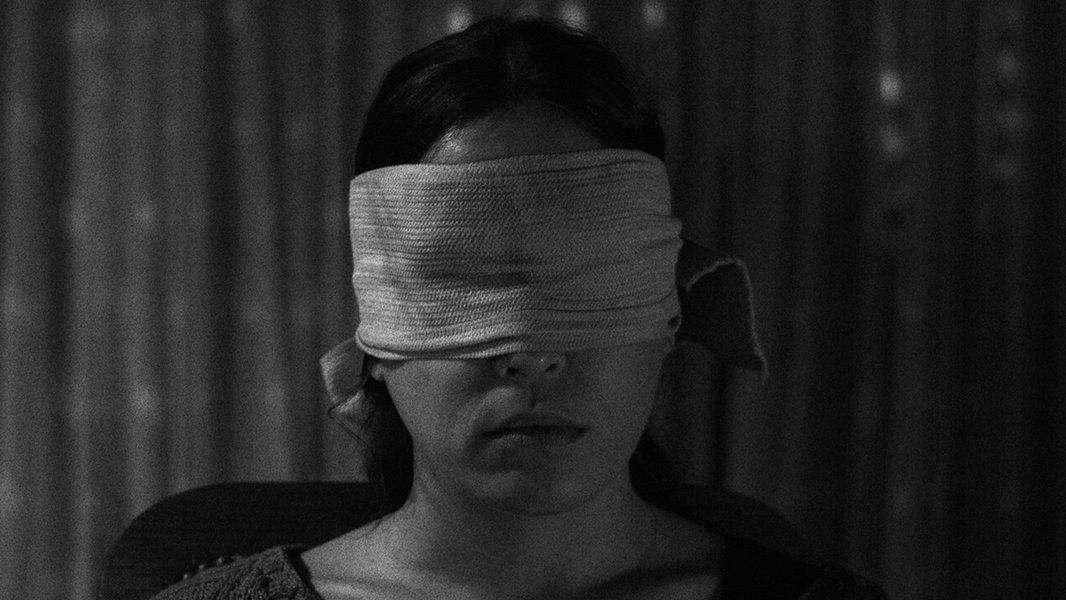

Their outstandingly odd early videos like “Hello Skinny” - now in the permanent collection of the Museum of Modern Art - were MTV staples when that network was young and starved for content.

(Excerpts were eventually made available, however, and still color photographs taken reveal impressive design elements the video barely conveyed.)īy the early 1980s Ralph had a stable of aptly idiosyncratic fellow acts (Tuxedomoon, Fred Frith, Snakefinger), and the Residents’ initially rare live shows became surreal extravaganzas. Building their own home recording and art studio, these reported “failed filmmakers” started production on an absurdist feature called “Vileness Fats” that was abandoned when they realized the low-grade video being used would prevent its ever being widely seen. There were elements of pop-culture homage and parody, near-impenetrable personal mythology, art-rock, drone, juvenile humor and deliberate annoyance. So the Residents formed their own company (the Cryptic Corp.), their own label (Ralph Records), and began releasing albums that slowly began accruing a cult following. They named themselves the Residents when their demo tapes were returned to those generic addressees by Warner Bros., whose signing of Captain Beefheart suggested they were open to rock’s more experimental edge. But the likelier story told here is that they were spawned by a group of creative misfits from near Shreveport, La., who were drawn to leave the conservative South and head toward the countercultural haven of the San Francisco Bay Area around 1970.Īt once attracted to the residue of the high psychedelic era and prankishly skeptical toward hippiedom (let alone the then-current explosion of sensitive singer-songwriters), the emigres soon began pushing the envelope, as glimpsed in humorously chaotic rock/performance-art footage before a nonplussed 1971 audience. There were rumors over the years that their ranks included some very famous people.

Their roster and number may well have changed over the years, but their primary image has remained the same: four figures in tuxedos with giant eyeballs as heads.

Their story told by various fans and collaborators - at least some of whom almost certainly are members of the “band” - the Residents themselves have never been identified by name. Minor theatrical exposure is possible before a healthy career in niche ancillary.
#Theory of obscurity full movie archive#
Still, fans and newbies alike will be delighted by much of Don Hardy’s documentary, which draws on an expansive archive of surreal expressions from an (alleged) quartet whose creative emphasis was as much visual as sonic from the start. Its survey of the Residents’ singular 40-year career - marked by anonymity as much as eccentricity - offers plenty of eye- and ear-catching stimulation without really making the case for this large body of work having the depth to match its breadth. Avant-garde geniuses or the world’s longest-running rock novelty act? For those not previously converted or exposed, “Theory of Obscurity” will leave that big question hanging.


 0 kommentar(er)
0 kommentar(er)
